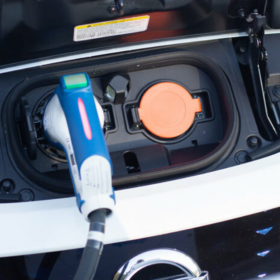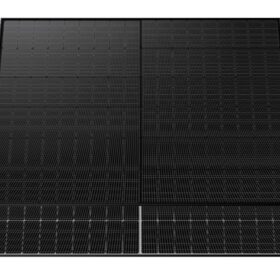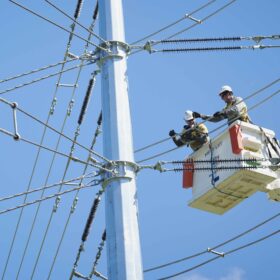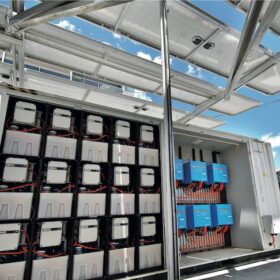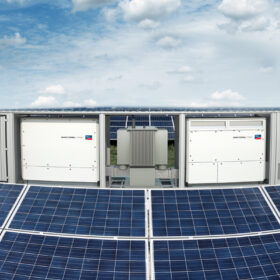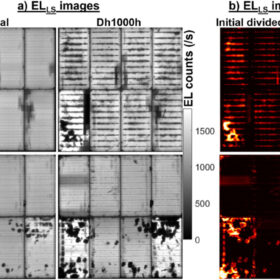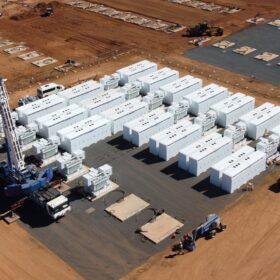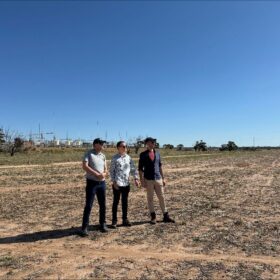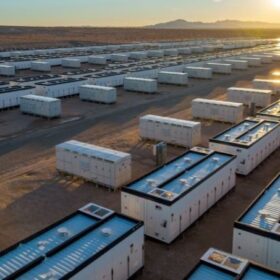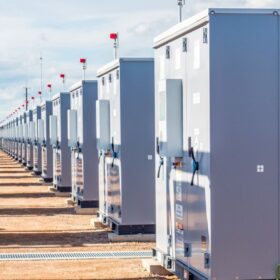Horizon puts V2G technology to test in state first
West Australian regional energy provider Horizon Power has plugged in a vehicle-to-grid technology test in the northern resort town of Exmouth to trial the potential of bidirectional electric vehicle charging to optimise the use of renewable energy while maintaining network reliability.
Winaico launches new series of n-type TOPCon solar modules
Taiwanese manufacturer Winaico says its new 430 W glass-glass tunnel oxide passivated contact (TOPCon) modules have a power conversion efficiency of 22.02%.
Powercor targets transmission licence to bring more renewables online
Victorian electricity distributor Powercor is seeking a licence to build new transmission infrastructure in a move it claims will provide faster grid connections for major projects such as solar and wind farms within its current distribution network area.
Redflow lands second US defence battery contract
Queensland flow battery company Redflow has won a second deal with the United States Department of Defence to supply a non-lithium energy storage solution that will be deployed to improve energy security at a major naval base in Italy.
Australian researchers reveal new quality monitoring method for rooftop and large-scale PV
An Australian research group has used an SMA inverter to switch the operating point of a PV array and has demonstrated its ability to create photoluminescence images for both rooftop and large-scale solar installations.
UNSW researchers warn of surprising TOPCon solar module vulnerabilities
Researchers at the University of New South Wales claim to have identified three TOPCon panel failure types that are absent in PERC products. They explained that these failures may occur when the modules are exposed to high humidity and contaminants before encapsulation.
Neoen makes call on Collie battery after winning second AEMO contract
French renewable energy and storage developer Neoen has initiated construction of the next stage of what will be one of Australia’s largest battery energy storage systems after securing a second four-hour capacity services contract for Western Australia’s main electricity grid.
Developers secure approval for four-hour big battery in WA wheatbelt
Australian clean energy developers Atmos Renewables and Nomad Energy have received the green light for a 100 MW, four-hour battery energy storage system to be built near Merredin in Western Australia’s central Wheatbelt region.
IEA calls for sixfold expansion of global energy storage capacity
The International Energy Agency has issued its first report on the importance of battery energy storage technology in the energy transition. It has found that tripling renewable energy capacity by 2030 would require 1,500 GW of battery storage.
Weekend read: It’s time to form, not follow
As rising renewables penetration and electrification place ever more strain on the world’s grids, the use of grid-forming inverters, rather than grid-following models, will play a vital role in network stability.
